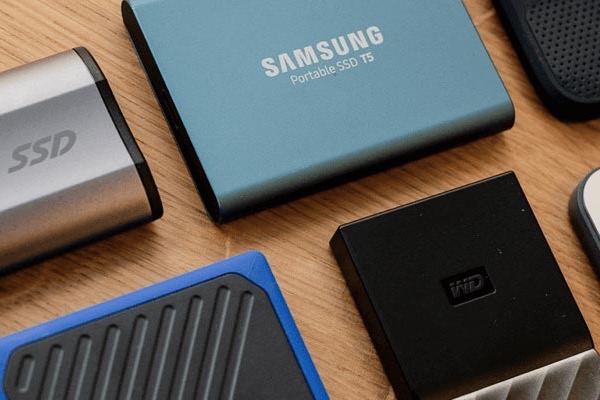
Just stuck on the designation as a boot drive.) A recovery flash disk was also created using Windows utilities. All the system disks were backed up and a restore point created. (Kudos!!!) Similarly the Windows OS was carefully, and fully, updated. The Dell representative took the time to verify compatibility and called me back.

Prior to the new SSD addition I used Dell sources to update all drivers and the BIOS.

(Oh, you will appropriately ask so I'll offer this. Thanks, I know your busy but I could really use the advice. Can someone please point me to a definitive instruction set to complete this, hopefully, great upgrade.Īre there utilities other that the BIOS editor that can alter the boot drive designation? Or a third party BIOS editor? The BIOS editor seems to lack many of the features of more modern BIOS editors.
#SAMSUNG SSD FORMAT UTILITY HOW TO#
Nutshell: The drive works well.It now has an image of the original OS drive (C:).The BIOS sees it as a PCIe SSD, but I cannot seem to figure out how to Add a Boot Option effectively. Did I mention numerous attempts? There has been good coaching regarding: Boot List Option set to UEFI, Secure Boot to Disabled, SATA type to AHCI, etc. Alas, No Joy!įollowing numerous Dell tech notes and youtube videos, I've made many attempts to use the BIOS editor to point to this as the boot drive.all to no avail. Great so far! All that remains is to designate it as the boot drive. Upon startup it was identified in the BIOS MAIN page as a M.2 PCIe SSD and I've been able to use windows to partition the drive and clone an image from the original C: SSD to this new 1T unit. To augment it I purchased a Samsung 970 EVO Plus 1T from Dell and installed into the second M.2 slot which is PCIe capable. Its all original and good except that it has become nearly full. This Inspiron 5675 is booted off an SATA, 256GB SSD in a M.2 slot on the mother board.


 0 kommentar(er)
0 kommentar(er)
